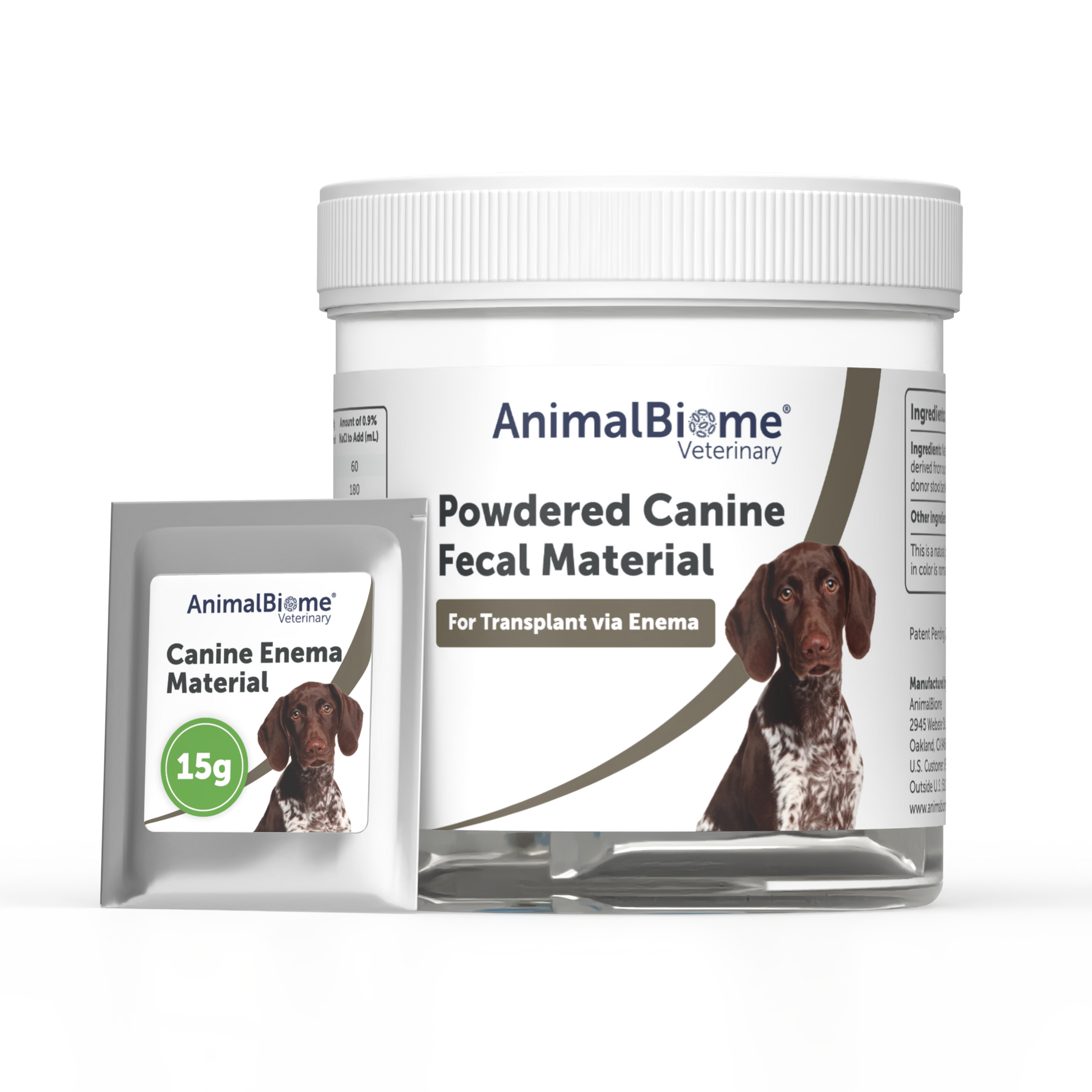blob:https://dailydogfinds.com/5353733d-73fc-4ef9-a4ae-c6efa8630037
Suggestion Score Publish Date Inbound Internal Links Outbound Internal Links Outbound External Links Desc Asc
Have you ever wondered if your furry friend is overdue for a bath? You’re not alone.
Many pet owners grapple with the question of how often dogs actually need baths. Finding the right balance is crucial—not too frequent to irritate their skin, and not too rare to have them feeling unkempt. Your dog’s happiness and health could depend on it.
You’ll discover the secrets to achieving this perfect balance. With insights tailored to your dog’s breed, lifestyle, and specific needs, you’ll be empowered to keep your pet clean and content. Get ready to uncover the truth behind your dog’s bathing routine and ensure their comfort and well-being for years to come.

Credit: sk.pinterest.com
Bathing Frequency Basics
Understanding how often your dog needs a bath isn’t as simple as picking a number. Bathing frequency depends on several practical factors that affect your dog’s comfort and health. Knowing these basics helps you avoid overbathing, which can strip natural oils, or underbathing, which can lead to odor and skin issues.
Factors Influencing Bathing Needs
Think about your dog’s daily activities. Dogs that spend lots of time outdoors, rolling in dirt or playing in mud, may need baths more often than indoor pups. Also, dogs with skin allergies or certain medical conditions might require special bathing routines prescribed by your vet.
Weather plays a role too. In humid climates, your dog might get dirtier or smellier faster, while dry climates can make their skin more sensitive to frequent washing.
Breed-specific Considerations
Different breeds have unique coat types, which affect how often they should be bathed. For example, double-coated breeds like Huskies don’t need frequent baths because their fur repels dirt naturally and overbathing can harm their undercoat.
Conversely, breeds with oily coats, like Basset Hounds, may need baths more regularly to keep their skin healthy. Have you noticed how your dog’s breed influences their grooming needs?
Age And Health Impact
Puppies usually require fewer baths since their skin is more delicate, and overbathing can cause dryness or irritation. Older dogs might have different needs based on their activity level and any skin conditions that develop with age.
If your dog has health problems, such as allergies or infections, your vet might recommend a specific bathing schedule or medicated shampoos. Paying attention to these details ensures your dog stays clean without compromising their well-being.
Signs Your Dog Needs A Bath
Knowing when your dog needs a bath can save you from unnecessary scrubbing or, worse, neglecting their hygiene. Dogs don’t always tell you they’re dirty, but their bodies give clear signals. Paying attention to these signs helps keep your furry friend healthy and happy.
Odor And Dirt Indicators
Does your dog have a noticeable smell, even after a quick wipe down? A strong, unpleasant odor is a clear sign that a bath is overdue. Dirt, mud, or sticky substances visible on their fur also mean it’s time to clean up.
Sometimes, the smell isn’t obvious until you get close. Have you ever noticed that your dog’s scent changes after a day at the park or a swim in a pond? That’s a cue to freshen them up.
Skin And Coat Condition
Check your dog’s skin and coat regularly. Is the fur looking dull, greasy, or matted? These conditions often mean oils and dirt have built up and need washing away.
If you see flaky skin or redness, it could be a sign of irritation or allergies. Bathing with the right shampoo can soothe your dog, but persistent issues should be checked by a vet.
Behavioral Clues
Sometimes your dog’s behavior tells you more than their appearance. Scratching, licking, or biting certain areas may indicate discomfort caused by dirt or irritants.
Have you noticed your dog trying to roll on the floor or rub against furniture more than usual? This behavior can signal they feel dirty or itchy and need a bath.
Choosing The Right Shampoo
Choosing the right shampoo plays a big role in keeping your dog clean and healthy. The wrong shampoo can cause skin problems or dry out your dog’s coat. Pick a shampoo that suits your dog’s skin type and fur texture. Always check the label to ensure it is safe and gentle for pets.
Ingredients To Look For
Natural ingredients are best for your dog’s skin. Look for:
- Aloe vera to soothe irritation
- Oatmeal to relieve itching
- Coconut oil for moisturizing
- Chamomile for calming effects
These ingredients help keep your dog’s skin soft and healthy.
Avoiding Harmful Chemicals
Many shampoos contain harsh chemicals that harm dogs. Avoid shampoos with:
- Parabens
- Sulfates
- Artificial fragrances
- Alcohol
- Phthalates
These can cause dryness, redness, or allergic reactions. Choose gentle and pet-safe formulas.
Specialty Shampoos
Some dogs need shampoos made for special needs. Options include:
- Hypoallergenic shampoos for sensitive skin
- Medicated shampoos for skin infections
- Flea and tick shampoos for pest control
- Shampoos for specific coat colors
Use specialty shampoos only as directed by a vet or expert.

Credit: m.facebook.com
Bathing Techniques For Dogs
Dogs usually need a bath every few weeks, but it depends on their activity and coat type. Frequent bathing can dry their skin, so only bathe when necessary. Regular brushing helps keep your dog clean between baths.
Preparing Your Dog
Gather all bathing supplies before starting. Use dog shampoo, a towel, and a brush. Choose a warm, quiet place for the bath. Brush your dog to remove loose hair and dirt. Check water temperature to avoid burns. Keep the water lukewarm and comfortable.
Step-by-step Bath Process
Wet your dog slowly, starting from the neck down. Avoid water in ears and eyes. Apply dog shampoo evenly and gently massage the coat. Use your fingers to clean hard-to-reach areas. Rinse thoroughly to remove all shampoo. Leftover soap can irritate the skin. Repeat shampoo if your dog is very dirty.
Drying Tips
Use a soft towel to pat your dog dry. Avoid rubbing too hard to prevent tangles. For long-haired dogs, a blow dryer on low heat works well. Keep the dryer moving and far from the skin. Let your dog rest in a warm place until fully dry. Make sure ears are dry to prevent infection.
Alternatives To Frequent Baths
Bathing a dog too often can dry out its skin and coat. There are simpler ways to keep your dog clean without full baths all the time. These alternatives help maintain hygiene and comfort between baths. They also save time and reduce stress for your pet.
Spot Cleaning
Spot cleaning targets dirty areas on your dog’s coat. Use a damp cloth or pet-safe wipes to gently clean paws, face, or belly. This method removes dirt and odors quickly. It is perfect after walks or playtime outside. Spot cleaning keeps your dog fresh without a full bath.
Brushing And Grooming
Regular brushing removes loose hair, dirt, and dander. It spreads natural oils, making the coat shiny and healthy. Grooming tools depend on your dog’s coat type. Short-haired dogs need simple brushes. Long-haired dogs benefit from combs or slicker brushes. Brushing also reduces shedding and matting.
Using Waterless Shampoos
Waterless shampoos clean your dog without water. Spray or foam formulas lift dirt and odors from the coat. Rub the product in gently, then towel dry. This method suits dogs afraid of water or cold weather. Waterless shampoos keep dogs fresh between baths.
When To Consult A Vet
Bathing your dog keeps them clean and healthy. Yet, there are times when a bath alone cannot fix certain problems. Knowing when to seek advice from a vet is important. A vet can diagnose and treat underlying health issues your dog might have.
Skin Issues And Allergies
Watch for redness, bumps, or flaky skin. These signs may show allergies or infections. Scratching and licking more than usual also suggest skin problems. A vet can recommend the right treatment or shampoo. Avoid using harsh soaps that worsen the condition.
Unusual Odors Or Irritations
Dogs naturally have a mild scent after playing or walking. Strong, foul, or sour smells might signal infections. Irritation or swelling around ears, paws, or eyes is a warning. A vet can check for yeast, bacteria, or parasites. Early care prevents bigger health problems later.
Bathing Frequency Adjustments
Some dogs need more or fewer baths than others. Changes in coat type, age, or health affect bathing needs. A vet can advise on the best schedule for your dog. They also suggest special shampoos for sensitive skin. Follow expert advice to keep your dog safe and comfortable.
Credit: www.petsupermarket.com
Frequently Asked Questions
How Often Should I Bathe My Dog?
Most dogs need a bath every 4 to 6 weeks. This keeps their skin healthy and coat clean. Overbathing can cause dryness and irritation. Adjust frequency based on your dog’s activity, breed, and skin condition.
Can Puppies Be Bathed Frequently?
Puppies should be bathed only when necessary. Their skin is sensitive and can dry out easily. Use a gentle puppy shampoo and avoid overbathing. Generally, a bath every few weeks is enough unless they get dirty.
Does Dog Breed Affect Bath Frequency?
Yes, breed affects how often dogs need baths. Dogs with oily coats may need baths more often. Breeds with dry or short coats require fewer baths. Consider your dog’s coat type and lifestyle when deciding bath frequency.
What Happens If I Bathe My Dog Too Often?
Bathing dogs too often can strip natural oils from their skin. This causes dryness, itching, and irritation. It may also lead to flaky or sensitive skin. Stick to recommended bath intervals to maintain healthy skin and coat.
Conclusion
Bathing your dog keeps them clean and healthy. Most dogs need a bath every 3 to 4 weeks. Some breeds may need baths less often, while others need more. Watch your dog’s skin and coat to decide the best time.
Too many baths can dry their skin. Too few can cause odors and dirt buildup. Regular brushing helps reduce the need for baths. Keep your dog happy and fresh with the right bath routine. Your dog will thank you with a shiny coat and wagging tail.







